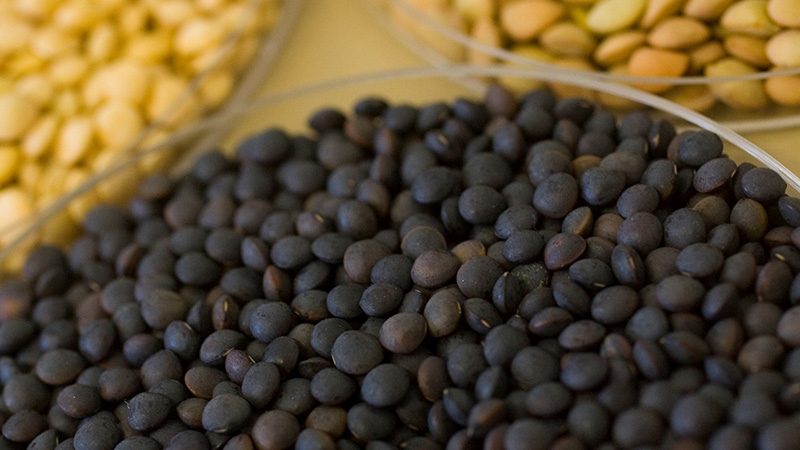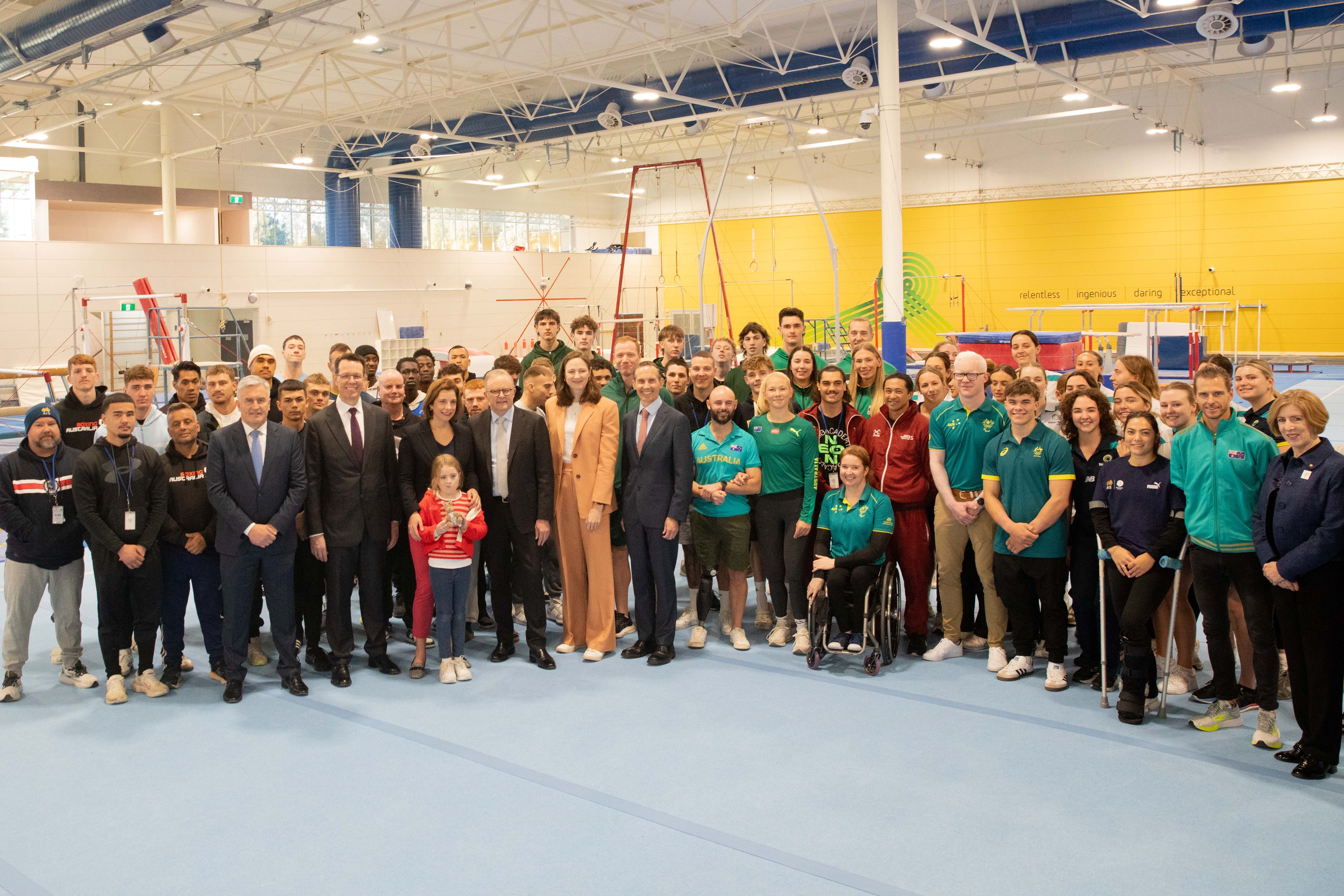Chickpea, lentil and faba bean growers across Australia can expect significantly more productive crops within the next decade thanks to a new collaborative, international research project to improve crop yields.
The $11.02 million multi-partner investment includes $6.1m from GRDC for the Achieving improved genetic gain for yield in chickpea, faba bean and lentil using genetic diversity project, led by Murdoch University.
This will see Australian pulse breeders gain access to advanced knowledge, tools and technologies, and novel sources of germplasm to broaden genetic diversity in pulse cultivars and ultimately drive yield gain.
Project leader Professor Rajeev Varshney FRS, director of the Centre for Crop and Food Innovation at Murdoch University, says chickpea, lentil and faba bean production is currently hamstrung due to limited genetic diversity, resulting in meagre yield improvement of less than 0.5 per cent each year.
“Ultimately, we want to develop high-yielding, climate-resilient chickpea, lentil and faba bean varieties which can deliver greater profitability to growers across Australia,” he says.
“With this investment, we will be able to implement modern genomics approaches coupled with huge genetic diversity.
“We are partnering with the International Center for Agricultural Research in the Dry Areas, a CGIAR global research centre, to import new diverse germplasm for the three target crops.
“Once the data from the ICARDA germplasm has been analysed, we will develop DNA catalogues to share with leading Australian pulse breeding programs.”
Professor Varshney says researchers will use genomic prediction, artificial intelligence and speed breeding to identify and stack novel and superior DNA variants for yield and yield-related traits.
“By incorporating genetic diversity from other landraces and employing the aforementioned advanced breeding techniques and AI, we believe we can achieve a 1.5 per cent increase in genetic gain, which would be unprecedented,” Professor Varshney says.
“As part of the research, we will be collaborating with national pulse breeding programs, including Chickpea Breeding Australia, the National Lentil Breeding Program based in Victoria and the University of Adelaide-led National Faba Bean Breeding Program.
“Through this investment we will develop ‘PulseBase’, a platform for hosting datasets generated through this project alongside other relevant existing datasets accessible for various pre-breeding and breeding programs.”
Professor Varshney added that the key trait researchers will be targeting from international germplasm is yield as well as improved disease resistance.
“Pulses are such important crops for Australian growers because of their benefits to soil fertility and environmental sustainability,” he says.
“We believe the research and breeding activities could lead to increased uptake of the three crops in non-traditional growing areas, particularly across Western Australia.
“WA was previously a large producer of chickpeas but that has dropped off, so there is scope to establish a stronger pulse industry.
“Much of the pulse breeding in Australia happens on the east coast, but through this investment we will be undertaking phenotyping work in several locations across WA to develop varieties better adapted to WA conditions.”

Lentil (pictured), chickpea and faba bean production is currently hamstrung due to limited genetic diversity. Photo: Paul James Photography
GRDC genetic technologies manager Camilla Hill says the genetic diversity research is part of a broader uplift in investment in pulses, acknowledging the vital role these crops play in Australian farming systems.
“This project represents a significant step forward in our commitment to enhancing pulse crop productivity,” Dr Hill says.
“By leveraging increased genetic diversity and advanced technologies, we aim to deliver tangible benefits to growers. Our investment in this research underscores the critical role pulses play in sustainable agriculture and the future of farming in Australia.
“The collaboration with international and national partners will enable us to achieve breakthroughs that were previously unattainable. We are excited about the potential impact this project will have on the pulse industry and on the broader agricultural landscape.”
Project partners include the Queensland Alliance for Agriculture and Food Innovation (University of Queensland), Agriculture Victoria Research, University of Adelaide, University of Sydney, NSW Department of Primary Industries, and Analytics for the Australian Grains Industry (Curtin University) and ICARDA.








